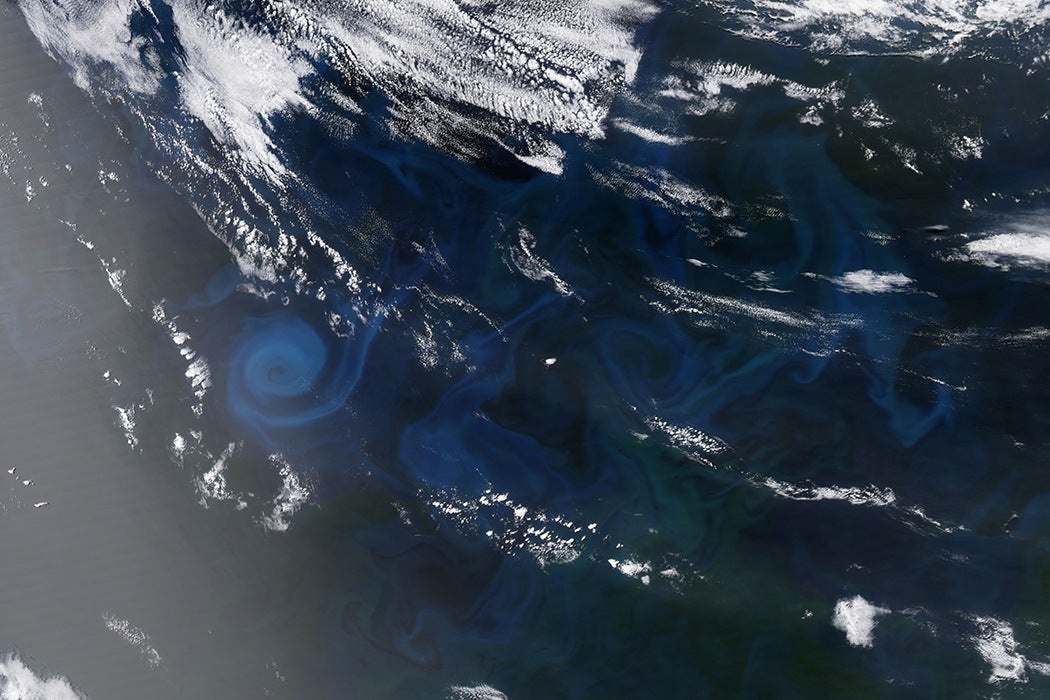El Niño, a complex series of weather patterns that arises in the Pacific Ocean, influences weather phenomena in nearly two-thirds of the world. While the name El Niño has been widely used in relation to weather phenomena—such as the heavy rainfall in western South America and California, and droughts in Australia and Indonesia—it actually refers to a large and complex feedback process in the Pacific Ocean. And in the last winter, the effects of El Nino have been particularly strong, dumping unprecedented amounts of snow along the western US, and causing more severe flooding events in the Southern US.
In addition to impacting climate, these huge masses of water movement in the Pacific also change the ecosystems below the ocean’s surface, which has a ripple effect on the catch of many fisheries in coastal communities. Researchers are just starting to uncover the exact ways in which El Niño alters fish and plankton in these waters,
Normally, cold water in the ocean rises to the surface, bringing with it nutrients and tiny organisms like plankton and krill which form the base of the marine food chains. But because it is characterized by higher sea surface temperatures, El Niño puts a literal damper—a warm lid—on these normal currents.
The phytoplankton that prop up the seafood in our oceans can be detected from satellite data which captures the color of the oceans. Areas where phytoplankton are more prevalent are green; areas where phytoplankton are deficient appear blue. When researchers have looked at ocean images from former years, they saw that the oceans were much more blue when the waters were warmer. These differences can account for lower catches during El Niño years. Last December, at the peak of El Niño, there was far less blue in the Pacific off the coast of Peru and Chile, compared to the previous year when El Niño was not exerting such a strong effect.
If other fish in the ocean aren’t getting these phytoplankton, many species starve and the food chain is interrupted. Ultimately, this could lead to the collapse of many fisheries in coastal regions all over the world. According to the Food and Agriculture Organization of the United Nations, marine waters have provided the world nearly 80 million tons of seafood in 2012 (pdf).
Given how new this data is, the effect that El Niño has on the world’s fish supply is not totally clear. However, with NASA’s effort to better understand the patterns of our oceans, we hope to know more soon.







